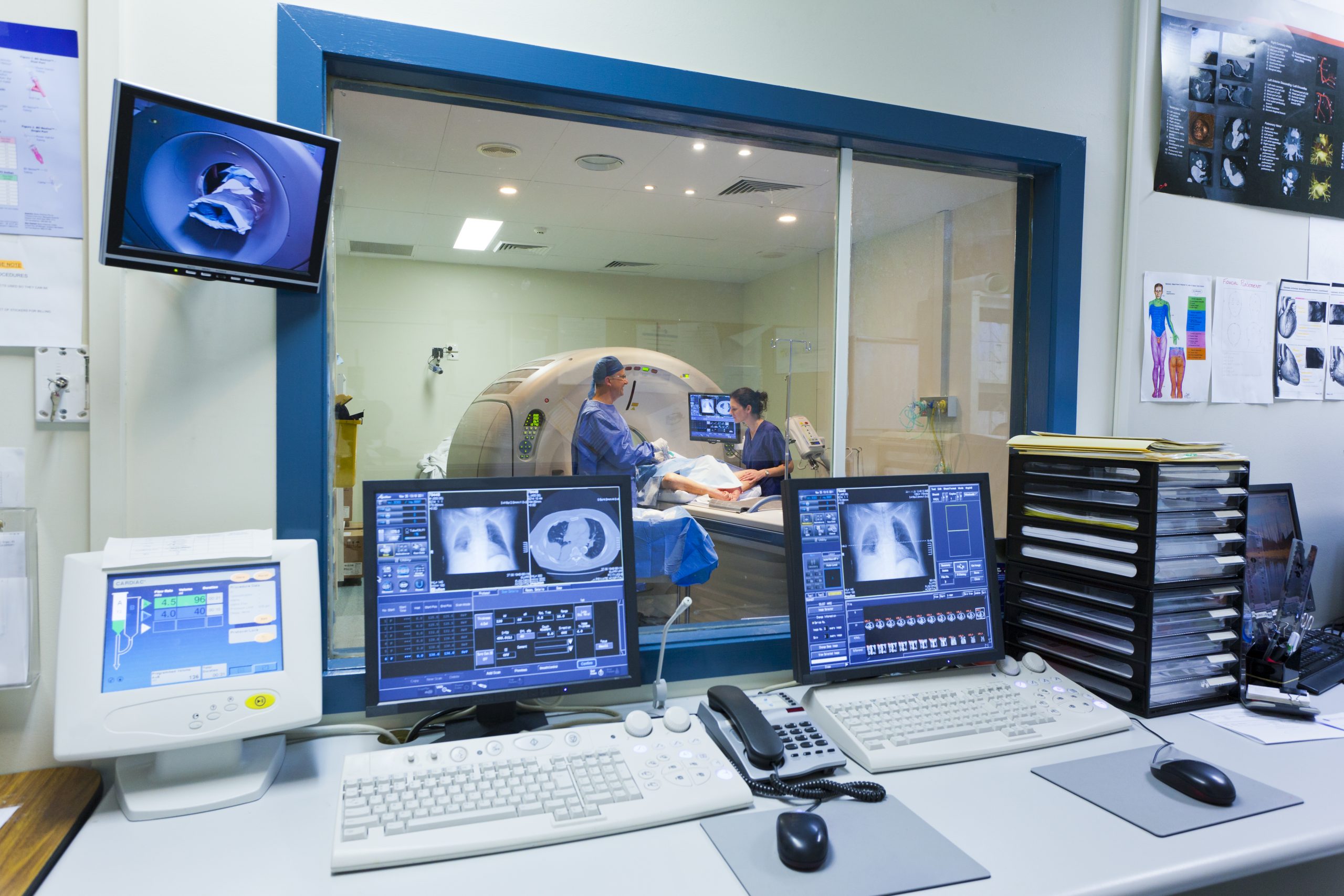Contributed by: Gregg Everett, Gilpin Givhan
The Protecting Access to Medicare Act (PAMA) was passed in 2014. PAMA required the Centers for Medicare and Medicaid Services (CMS) to establish a program that promotes “Appropriate Use Criteria” (AUC) for advanced diagnostic imaging. AUC’s are evidence-based criteria that assist professionals who order and furnish certain imaging services to make the most appropriate treatment decisions for specific clinical conditions. Once the AUC program is fully implemented (2021), payment will only be made for an advanced diagnostic imaging service if the Medicare claim indicates that the ordering professional consulted with a qualified Clinical Decision Support Mechanism (CDSM) about whether the ordered service meets an applicable AUC. A CDSM is an interactive electronic tool for use by clinicians that communicates AUC information and assists in making appropriate treatment decisions during a patient’s workup. An ordering professional is a physician or other licensed professional who orders an imaging service. The settings covered include hospital outpatient departments (which includes the hospital’s ER), ambulatory surgery centers, physicians’ offices and IDTF’s.
Advanced diagnostic imaging services include MRI’s, CT scans, PET scans and nuclear medicine. The CDSM must be reported on claims for payment using G-codes, modifiers and, eventually, the ordering physician’s NPI. For the period July 1, 2019, through December 31, 2019, only voluntary reporting was required. Beginning January 1, 2020, an educational and operations testing period will be implemented, which is expected to run through December 31, 2020. For now, CMS will still pay a claim, whether or not the claim correctly includes AUC information. Eventually, CMS must develop outlier criteria (which will require some ordering professionals to obtain prior authorizations) and will not pay those claims that do not have AUC information, unless a specific exception is met. The exceptions include emergency services provided to individuals with emergency medical conditions (EMTALA definition), inpatient care where payment is made under Part A Medicare, or significant hardships, which includes insufficient internet access and EHR or CDSM vendor issues.
Qualified CDSM’s (only national professional medical specialty societies or other organizations of providers who predominantly provide direct patient care may develop CDSM’s) must be approved by CMS and must meet other criteria, such as providing a certification or other documentation at the time of the order that a qualified CDSM was consulted, and whether or not the service ordered met the requirements of the specific referenced AUC. The regulations also list certain “priority clinical areas” that will be monitored to identify outlier ordering professionals as follows: coronary artery disease (suspected or diagnosed), suspected pulmonary embolisms, headache (traumatic and non-traumatic), hip pain, low back pain, shoulder pain (including suspected rotator cuff injury), cancer of the lung (primary or metastasis, and suspected or diagnosed), and cervical and back pain. Ordering physicians and settings for these imaging services should begin the process of including AUC’s on Medicare claims in January 2020.
For more information see:
- “Protecting Access to Medicare Act of 2014,” Section 216, (Public Law 113-93), 42 U.S.C. Section 1395m(p) and (q).
- 42 CFR Section 414.94 – “Appropriate Use Criteria for Advanced Imaging Services.”
- “Appropriate Use Criteria (AUC) for Advanced Diagnostic Imaging – Educational and Operations Testing Period—Claims Processing Requirements”; MLN Matters Number MM11268 Revised December 6, 2019.
